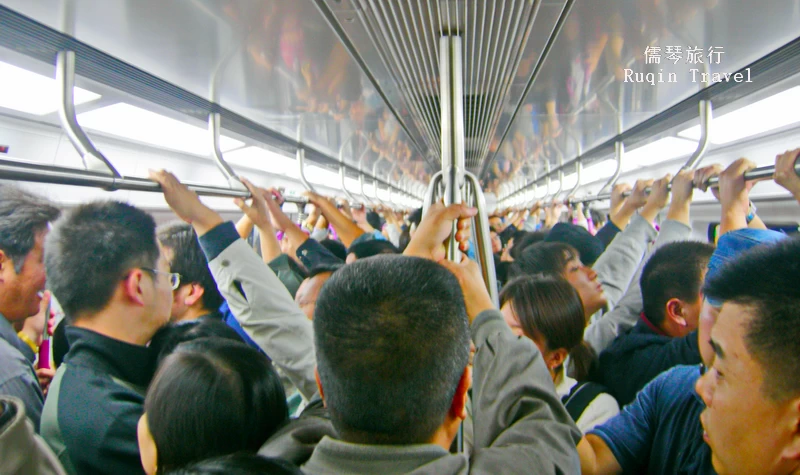Exploring Beijing? The subway is your best bet. It’s fast, cost-effective, and simpler than navigating the city’s buses. This “How to Use the Beijing Subway” guide is your companion to mastering the Beijing subway system.
General Information on the Beijing Subway
The Beijing Subway system boasts more than 20 lines, including main lines, express lines, and suburban lines. This includes the numbered lines (1 through 17), the Batong Line, Changping Line, Daxing Line, Fangshan Line, Yizhuang Line, and the Airport Express Line.
The total length of the Beijing Subway network is staggering. It exceeds 700 kilometers, making it one of the longest subway systems in the world.
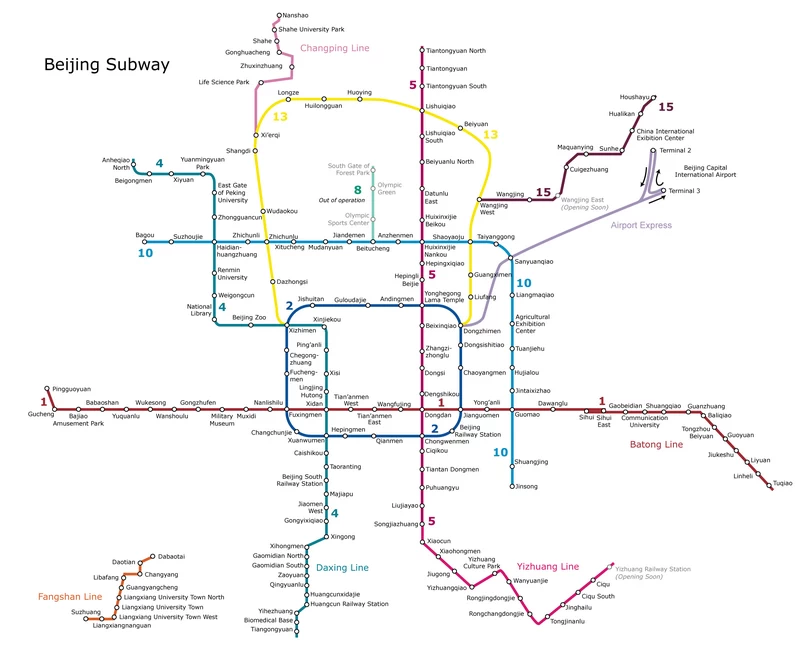
This length is inclusive of all the operational lines, covering the vast expanse of Beijing’s urban and suburban areas.
Key lines include:
- Subway Line 1: Cuts east-west under Chang’an Avenue. Key stops: Tiananmen Square, Beijing CBD, Wangfujing.
- Subway Line 5: North-south route, east of the city center. Highlights: Temple of Earth, Lama Temple.
- Subway Line 6: Connects Haidian Wuluju and Caofang.
- Subway Line 9: Runs between National Library and Guogongzhuang.
- Subway Line 10: An inverted L-shape touching the Yuan dynasty city wall, Olympic Green, and the embassy district.
Suburban lines include Line 13 (an arc in the north), Line 14, Line 15 (to Shunyi District), and more. Each serves different areas, crucial for longer journeys.
How to Pay on the Beijing Subway
Paying for rides on the Beijing Subway is a straightforward process, but it’s important to understand the options and details to ensure a smooth travel experience. Here’s more information on the payment methods and tips:
- Payment Options:
- Single-Ride Tickets: Available at ticket vending machines in every station, these are suitable for occasional users. The machines accept coins and small bills.
- Yikatong Card: This is a rechargeable smart card, similar to the Oyster card in London. It’s the most convenient option for frequent travelers. It offers discounted fares and can be used on buses, certain taxis, and even for the S-train to the Great Wall.
- Buying and Recharging Yikatong:
- Purchase Locations: The Yikatong card can be purchased at any subway station, major bus stations, and customer service centers.
- Initial Cost: The card requires a refundable deposit plus an initial loading amount.
- Recharging: You can top up the card at subway stations, many convenience stores, and some automated kiosks around the city.
- Fare Structure:
- The subway uses a distance-based fare system. The cost increases incrementally based on the distance traveled.
- Fares start at 3 yuan for trips up to 6 kilometers, with incremental increases for longer distances.
- Children’s Policy:
- Children below a certain height (usually 1.3 meters) travel for free when accompanied by a paying adult.
- Refunding Yikatong:
- Upon leaving Beijing or if you no longer need the card, you can return it for a refund of the deposit and any remaining balance at designated refund locations.
- Benefits of Yikatong:
- Convenience: Quick and easy access through station turnstiles.
- Savings: Offers a small discount per ride compared to single tickets.
- Widely Accepted: Usable on other forms of public transport in Beijing.
- Ticket and Card Usage:
- For Single-Ride Tickets: Insert the ticket at the turnstile to enter and exit.
- For Yikatong Cards: Simply tap the card on the sensor at the turnstile.
- Lost Cards and Issues:
- If you lose your Yikatong card or encounter issues, contact the customer service centers in the subway stations or call the Yikatong service hotline for assistance.
How to Navigate the Beijing Subway
Navigating the Beijing Subway, especially for first-timers, can seem daunting given its vastness. However, with the right information, it can be a smooth and efficient experience.
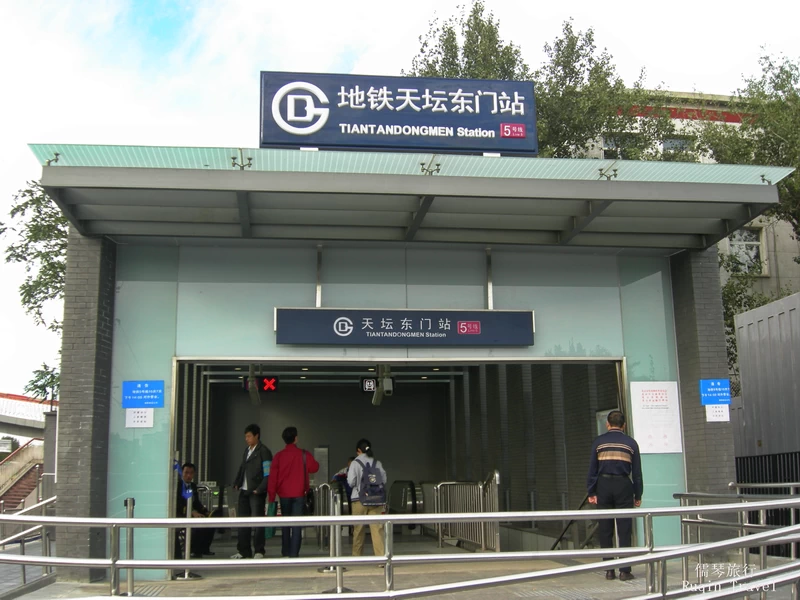
Operating from 5:00 am to 11:00 pm (Airport Express until 10:30 pm), the subway is accessible. Ensure you’re at the nearest station and use your ticket or Yikatong card at the turnstile. Trains run in opposite directions, so check the signs for the correct platform.
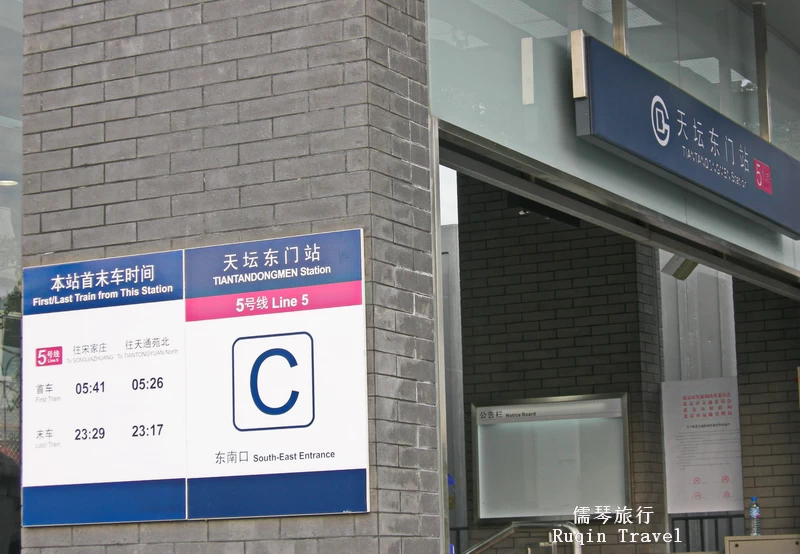
Inside, displays provide information and entertainment. For transfers, follow the “Transfer” signs. Exiting involves using your ticket or card at the turnstile and choosing the correct exit for your destination.
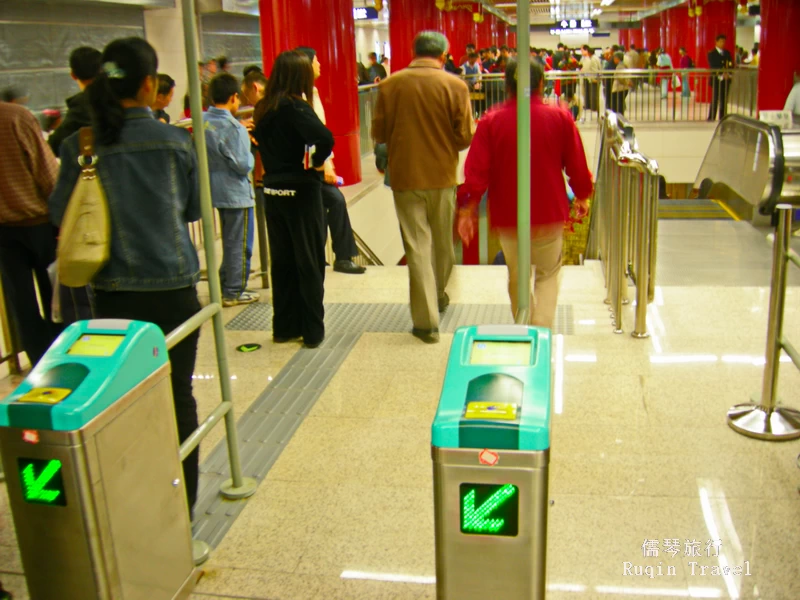
- Understanding the Subway Map:
- Color-Coded Lines: Each subway line is color-coded for easy identification. Familiarize yourself with the colors of the lines you intend to use.
- Station Names: Stations are indicated in both Chinese and English. Knowing the names of your departure and destination stations is crucial.
- Planning Your Route:
- Mobile Apps: Use subway apps or online maps to plan your journey. These tools can suggest the quickest routes and provide real-time updates.
- Transfer Points: Identify if you need to transfer lines to reach your destination and where these transfers occur.
- Entering and Exiting Stations:
- Entrance Checks: All passengers go through a security check before entering the subway. Keep your bags ready for a quick scan.
- Ticketing: Purchase a ticket or tap your Yikatong card at the turnstile. Keep your ticket for the entire journey as you’ll need it to exit.
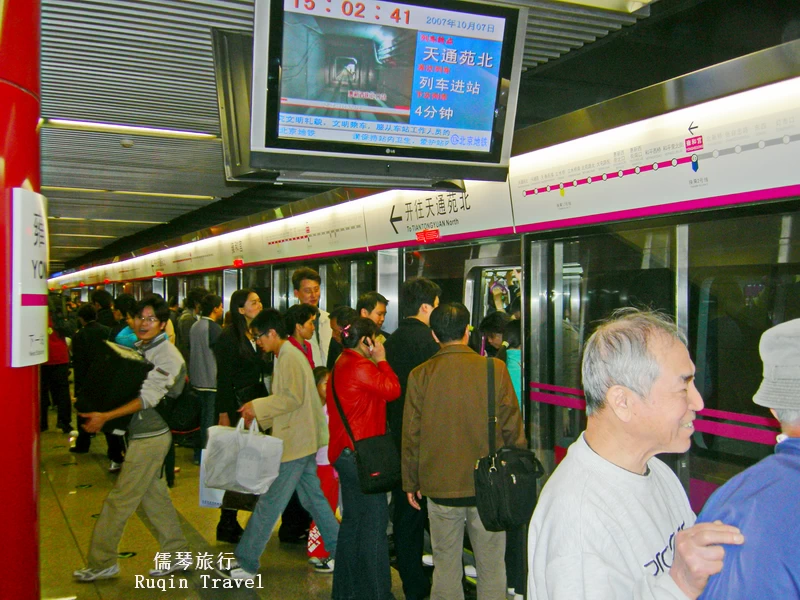
4. On the Platform:
- Directional Signs: Check overhead signs to ensure you’re on the platform for the correct direction.
- Waiting Area: Stand behind the yellow line for safety as trains approach.
5. Boarding the Train:
- Let Passengers Off First: Allow passengers to alight before boarding.
- Finding a Seat: Seats are on a first-come, first-served basis. Priority seating is available for elderly, disabled, and pregnant passengers.
6. During the Ride:
- Announcements: Listen to announcements for your station in both Chinese and English.
- Display Screens: Inside the train, screens show next stops and transfer information.
7. Transferring Lines:
- Follow Signage: For transfers, follow the signs to the next line. The transfer walkways are clearly marked and sometimes involve a bit of walking.
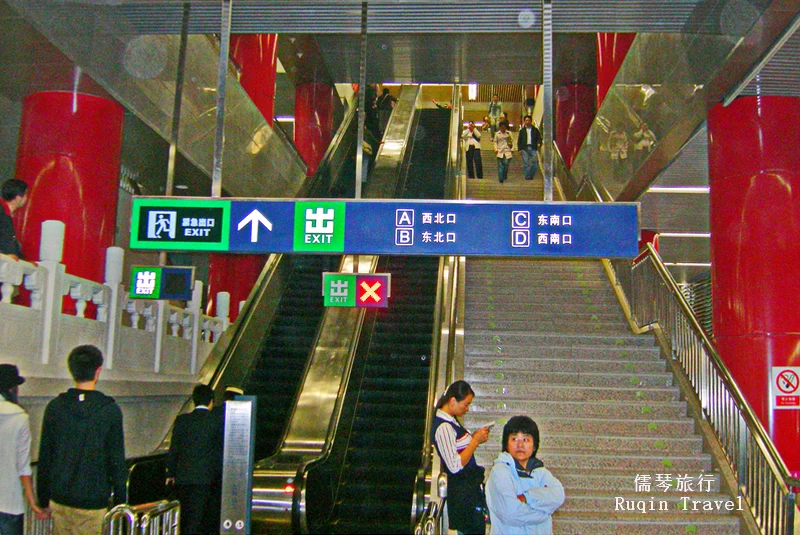
8. Exiting the Station:
- Exit Signs: Each station has multiple exits. Check station maps or listen to announcements for the correct exit.
- Exiting Turnstiles: Use your ticket or tap your Yikatong card to exit.
9. Accessibility:
Facilities for Disabled Passengers: Most stations have elevators and ramps for wheelchair access.
10. Getting Help:
- Information Desks: If you’re lost or need assistance, approach the information desks in stations.
11. Avoiding Peak Hours:
- Rush Hours: The subway can be extremely crowded during rush hours (7:00-9:00 am and 5:00-7:00 pm). If possible, travel outside these times.
By understanding these navigation tips, your experience on the Beijing Subway can be both enjoyable and efficient. It’s a fantastic way to explore the city, connecting you to Beijing’s many faces, from historic sites to bustling business districts.
Practical Tips for Using the Beijing Subway
- Downloading a Subway Map App: Before embarking on your journey, download a Beijing subway map app. This digital tool will help you navigate the system with ease.
- Language Barrier: Most signages are in both Chinese and English. However, learning a few basic Chinese phrases can be handy, especially for asking directions.
- Peak Hours Avoidance: The subway can get crowded during peak hours (7:00-9:00 am and 6:00-8:00 pm). If possible, plan your travel outside these times for a more comfortable experience.
- Keep Small Change Handy: While Yikatong cards are convenient, having small bills and coins can be useful for single-ride tickets.
- Security Checks: Be prepared for security checks at the subway entrance. Keep your bags ready for scanning to ease the process.
- Station Exit Signs: Pay attention to the exit signs within the station. They often indicate nearby landmarks, making it easier to find your way.
- Mobile Connectivity: Most subway lines have good mobile network coverage. This can be helpful for live navigation and staying connected.
- Respect Subway Etiquette: Queue up for trains, allow passengers to alight before boarding, and always stand on the right side of escalators.
Frequently Asked Questions
- Can I bring luggage on the subway? Yes, but ensure it’s not too bulky to avoid inconvenience to other passengers.
- Is there Wi-Fi on the subway? As of now, most Beijing subway lines do not offer Wi-Fi. However, mobile data works well.
- How do I find the timetable for the first and last trains? Timetables are available on the Beijing Subway’s official website and at the stations.
- Are there facilities for disabled passengers? Yes, most stations are equipped with facilities like elevators and ramps for the convenience of disabled passengers.
- Can I eat or drink on the subway? Eating is discouraged on the trains. However, you can carry and drink water.
- What if I lose something on the subway? Contact the nearest station staff or call the subway’s lost and found center.
Whether you’re a first-timer or a seasoned traveler, the Beijing subway promises a unique and efficient way to explore the city. So, grab your map, charge your Yikatong card, and get ready to dive into the heart of Beijing, one subway stop at a time.

